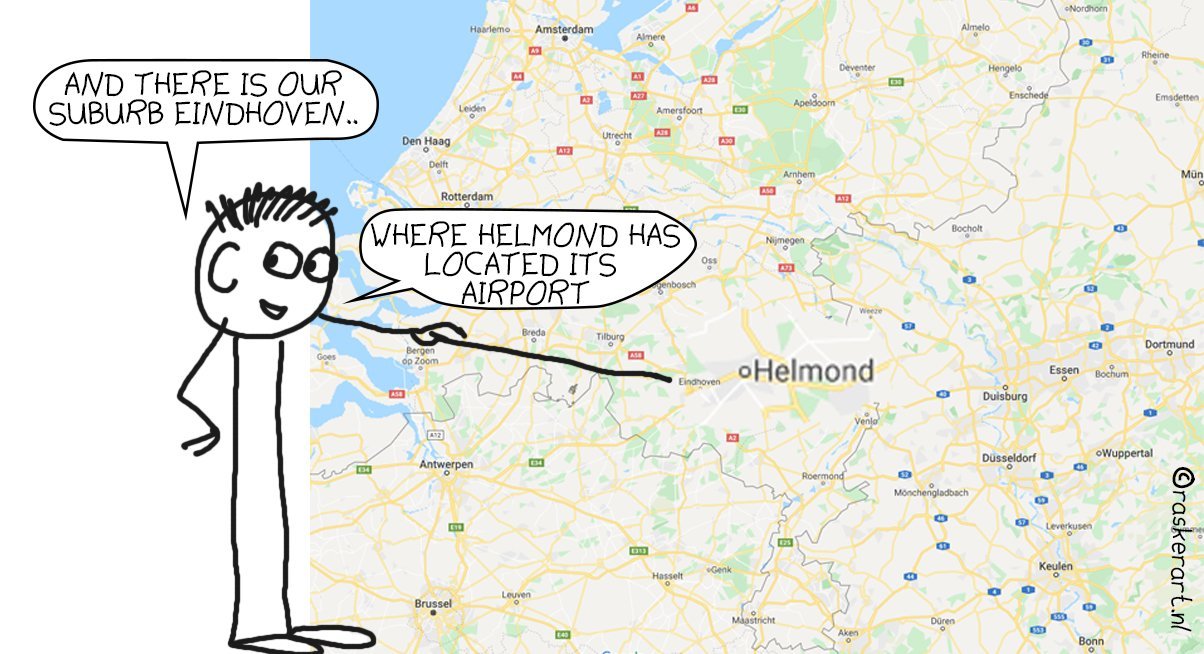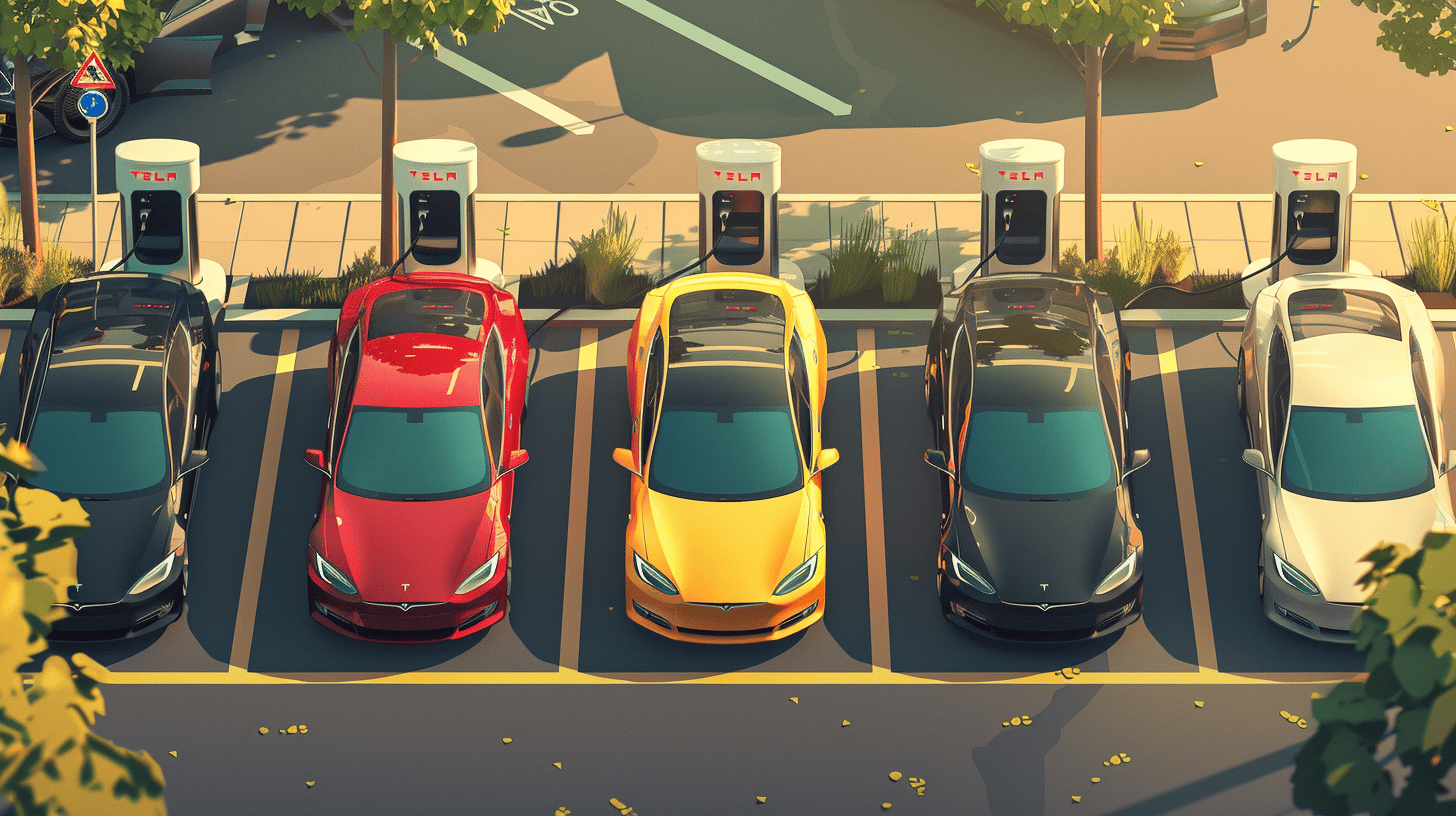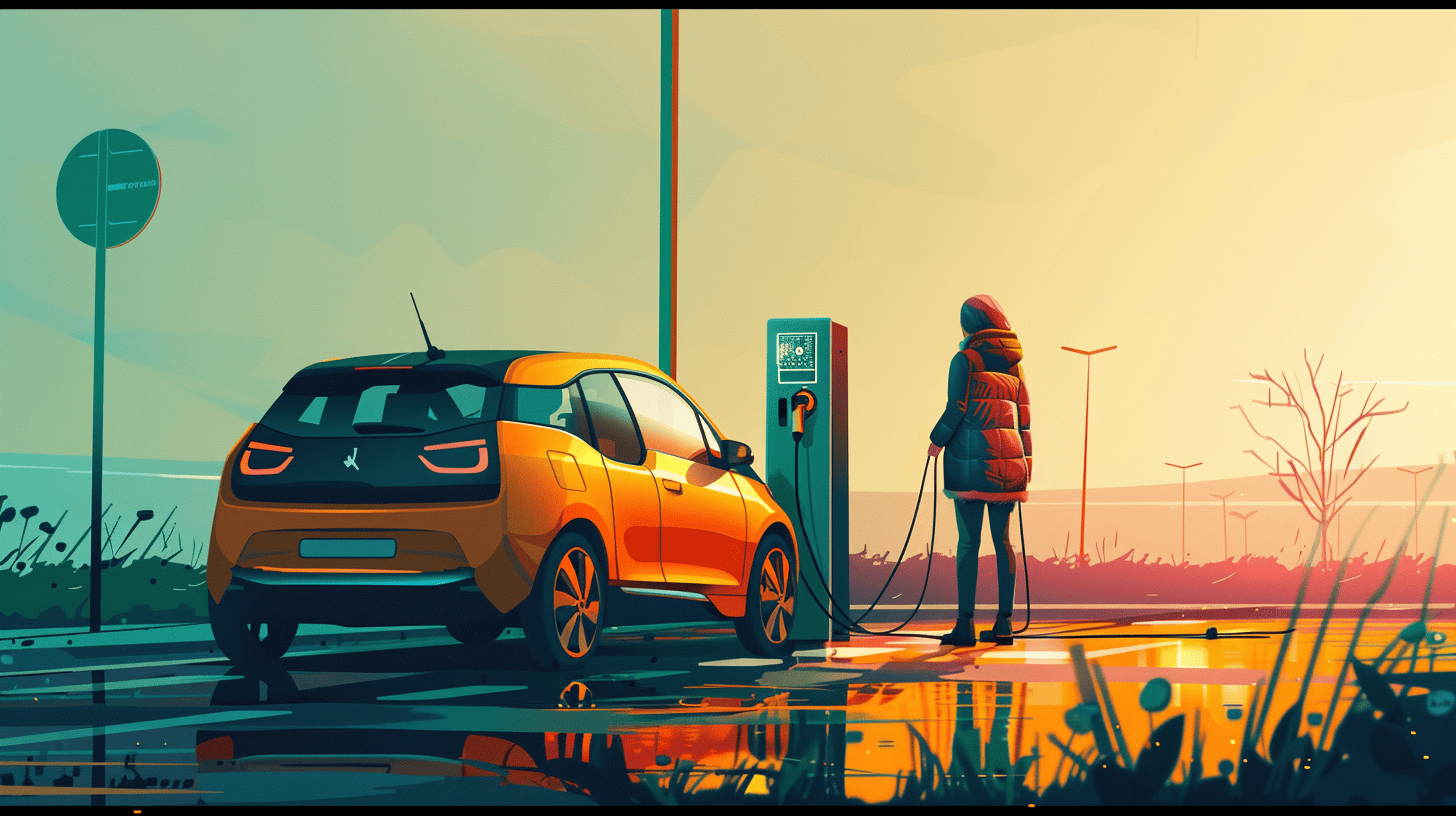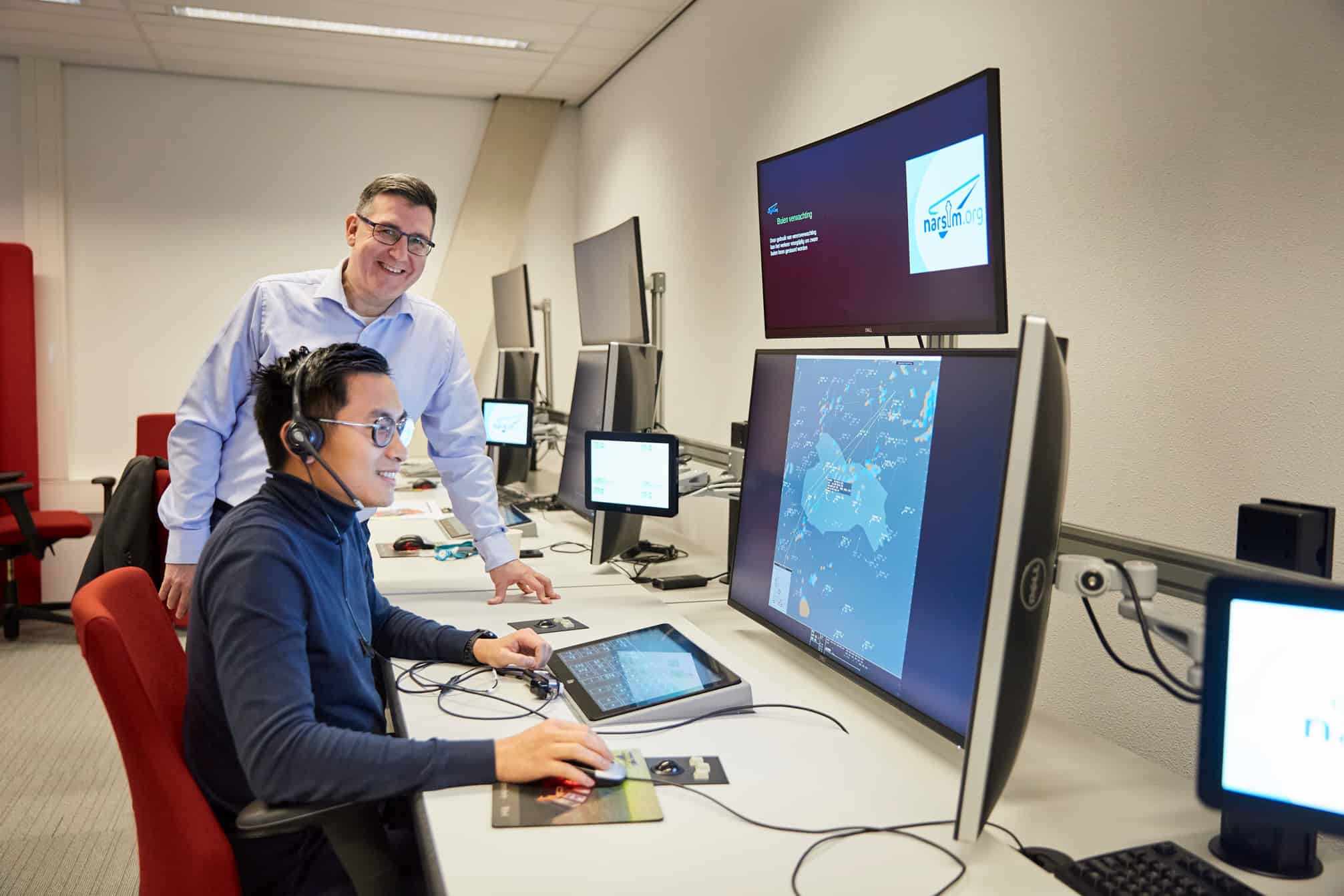
The Automotive Campus in Helmond is ten years old this year. In this week’s best-read article, we looked back on the origins and evolution of the site that once housed Volvo’s factories. Today: which technologies, modes of transport and ideas first saw the light of day at the Automotive Campus? In other words, which mobility innovations do we have Helmond to thank (in part) for?
-
VDL electric buses
Although not designed there, VDL buses were tested extensively on the campus in Helmond. Currently, VDL is also working with Heliox from Best (in the Netherlands) at the campus on the further development of fast charging technology.
The buses had their test runs on the Automotive Campus in Helmond before the Dutch bus company Connexxion bought the very first 43 electric buses from VDL for the Eindhoven public transport service. “Hardly anyone knows that, but the test phase was done here on campus,” says Inez van Poppel from Automotive Campus. The buses drove nearly every day on the campus site in Helmond so they could put the technology through its paces. Does the weather affect the battery? How often do you have to recharge during a route? How long does it take to charge? “You have to have everything mapped out before you can put them on the road. We’ve got everything we need here on the campus for carrying out tests and sorting out teething problems,” Van Poppel says.
After Eindhoven, Amsterdam and the rest of the Netherlands also followed suit with the electric VDL model. Van Poppel: “The buses that run in Amsterdam at Schiphol Airport also went through thorough testing here. The buses may not have been designed here on campus, but we certainly played a part.”
The fact that buses in the public transport sector are increasingly more electric doesn’t mean that the R & D is over and done with. VDL is working with Heliox at the campus on optimizing the fast charging system which works via a pantograph mounted on the bus’s roof. The aim is that ‘ordinary’ electrical sockets can in future also cope with this kind of power. Which would be handy for passenger cars.
-
Lightyear, Spike and Dens
All three of these former TU/e student teams made the move to Helmond in order to keep on progressing.
“It is important that not only established companies are active on the campus, but also young talent who are committed to green mobility .” Inez van Poppel
Lightyear, who unveiled their first car last summer, made a conscious choice for the Helmond campus: “For us, the campus mainly meant a potential for growth. We had a number of requirements: an office area and a production space. All of this was achieved in no time at all. Somewhere else, where a landlord doesn’t really care that you are there as long as you pay, it would probably have taken much longer,” Tessie Hartjes explains. The automotive network in Helmond also played a key role: “We have easier access to decision-makers at home and abroad”.
Dens, formerly Team Fast, ended up in Helmond because they were in the process of designing a bus powered by formic acid for VDL. There was no room for us at the TU/e. “We wanted to show the world that the technology works, though we weren’t concerned with the commercial aspect of it then,” says Max Aerts van Dens. The start-up has found its niche on the campus and now makes formic acid aggregates. “As a substitute for noisy diesel generators that pollute the environment. We supply clean energy to construction sites and festivals.”
Spike, supplies intelligent batteries for smaller electric vehicles, such as scooters, tuktuks and lawnmowers. It started with the creation of an electric motor in 2014. The student team wanted to travel around the world in 80 days with this. To be able to do that, you would need a battery that charges quickly and lasts a long time. They used the knowledge they had gained from that for designing a flexible modular structure and the intelligence for it. Founder Bas Verkaik: “A battery in itself is a very stupid thing; it’s basically a cell that runs out. It doesn’t have a clue when it will be empty. So it’s important to add intelligence.” The start-up team is working with TNO in Helmond on the further development of this intelligence and are exploring various new technologies there.
-
Test facilities
This may not be a technology that will directly benefit the general public, but innovation is not assured without proper facilities where there is room for experimentation.
The A270 motorway, a kilometers-long test area, is literally on their doorstep. Cameras, Wi-Fi, transponders and other sensors are connected to the Traffic Innovation Centre, where all tests are carefully monitored, including platooning or autonomous driving. “This test route enables new technology to be put into practice. Innovation comes to life here,” says Van Poppel.
According to the campus staff member, innovation cannot be done without proper test facilities. “You have to be absolutely sure that something is safe before it is rolled out on a large scale. In addition to the test road, we have one of the most modern crash test sites in the Netherlands. But also several TASS international test centers. Including a test area for ADAS systems (Advanced Driver Assistance Systems) which are being incorporated in cars more and more nowadays. Parties are not just able to gain certification at all of these centers, but they can set up research as well.”








